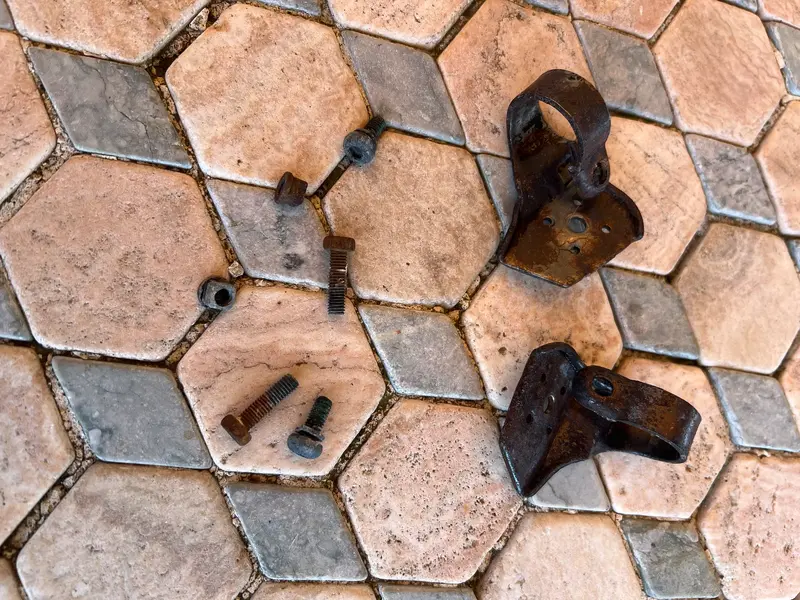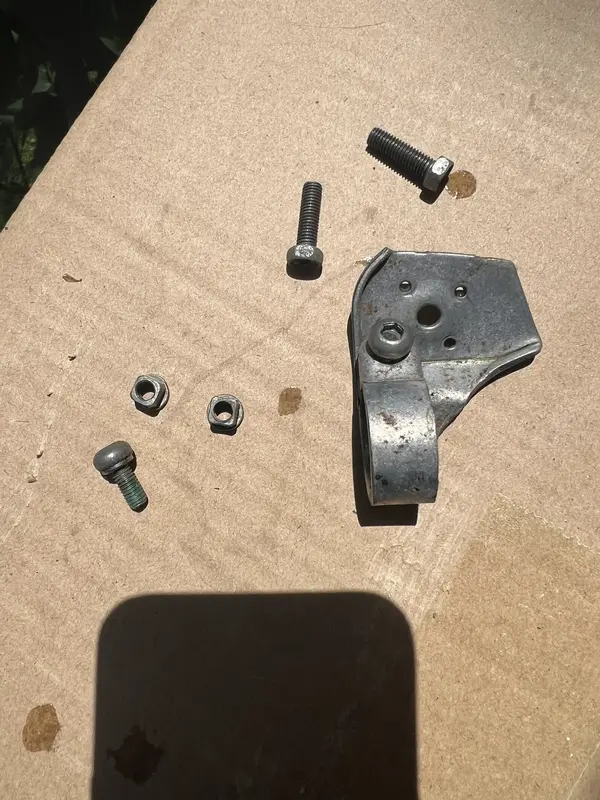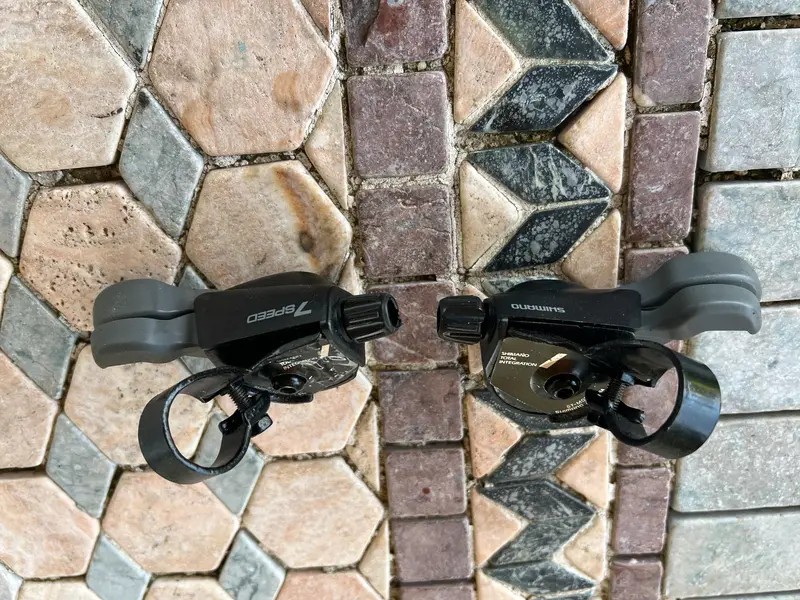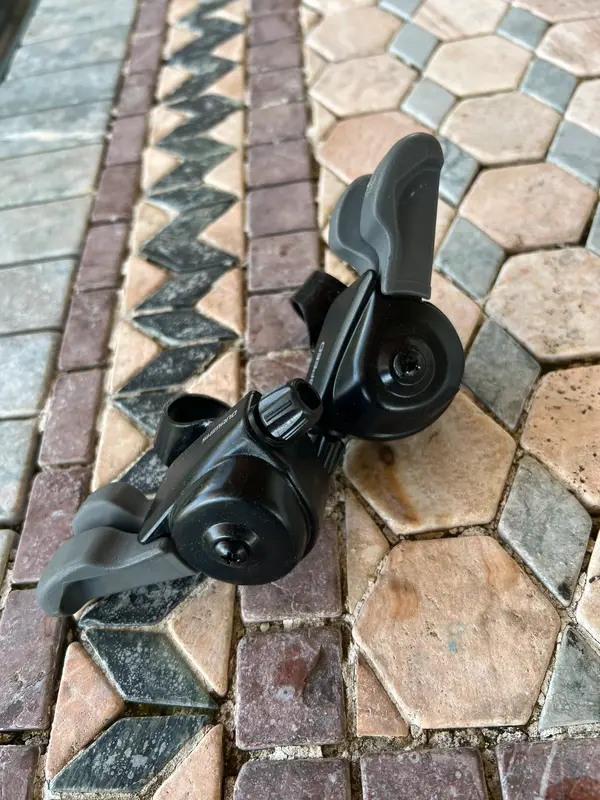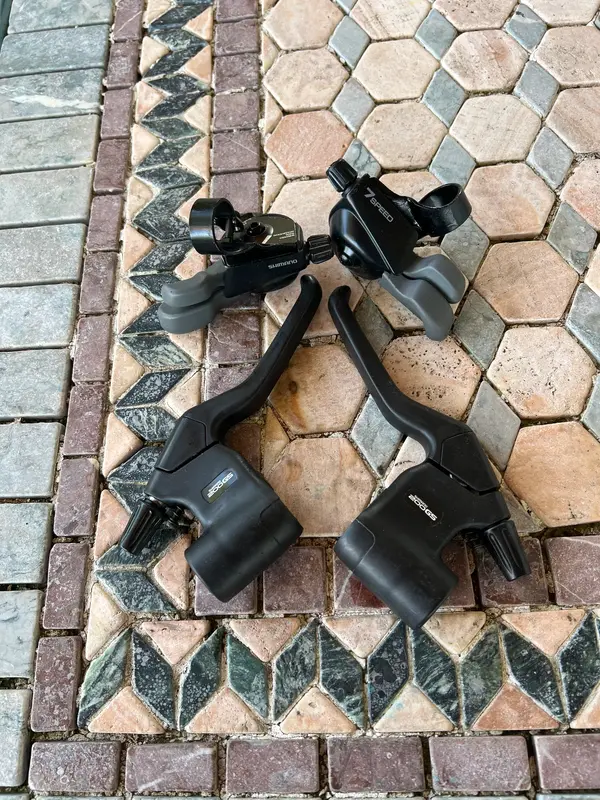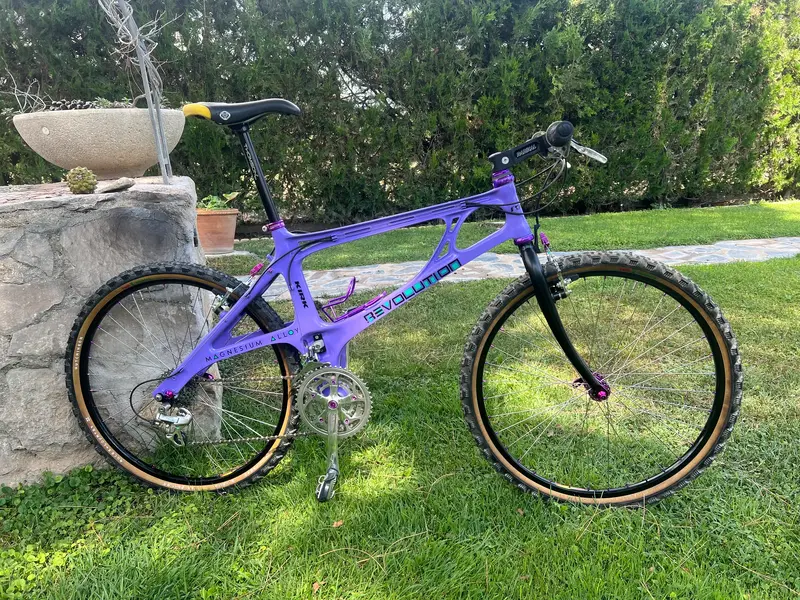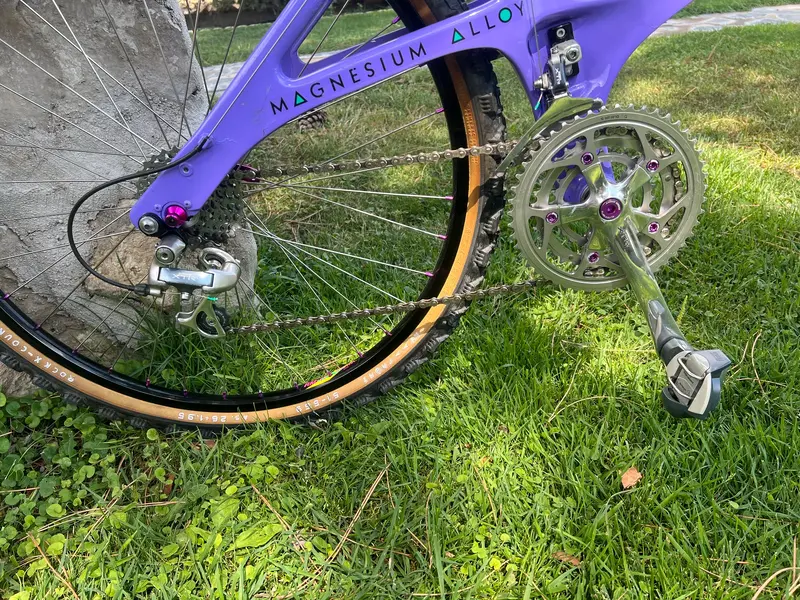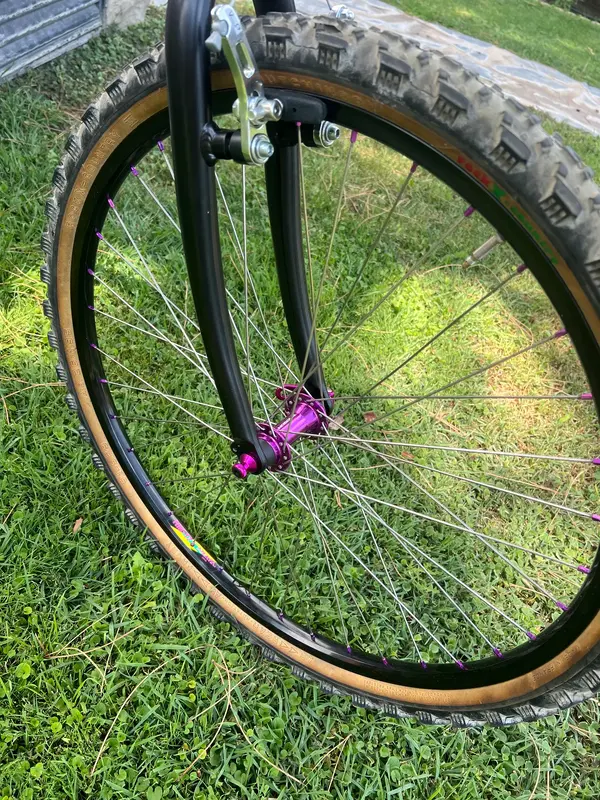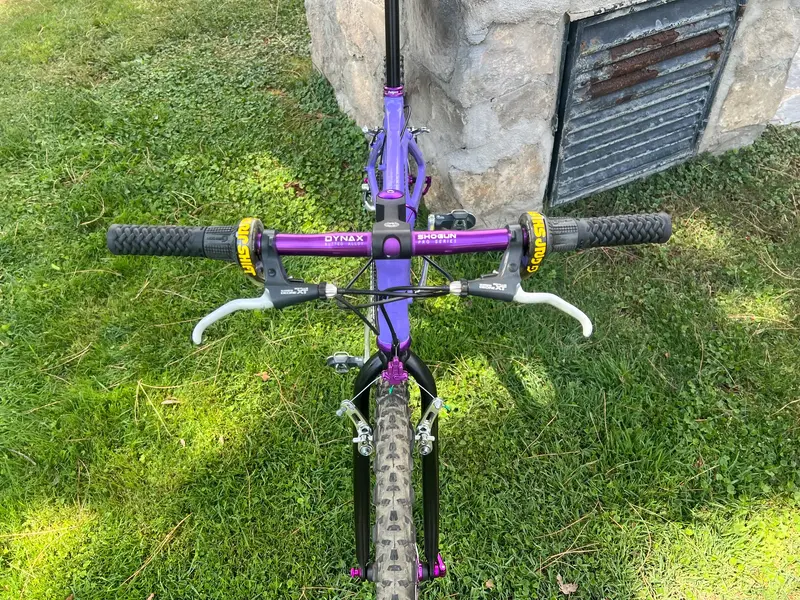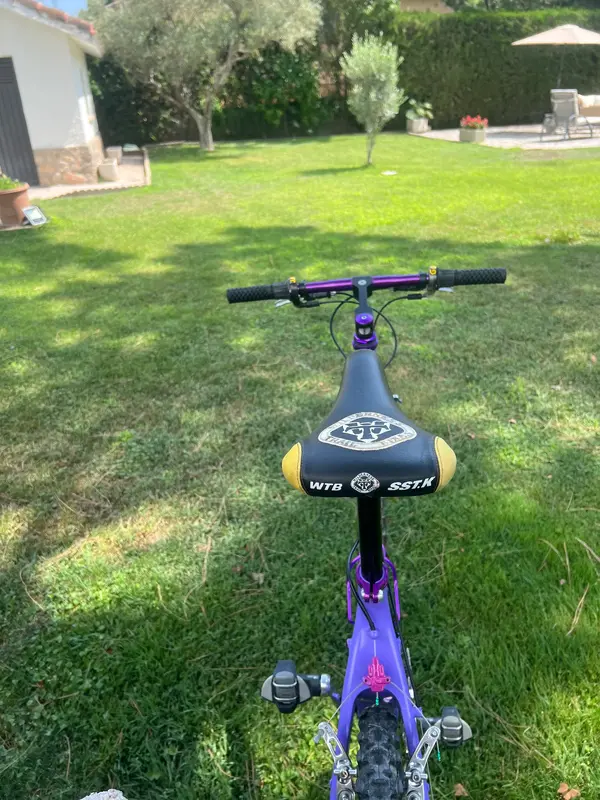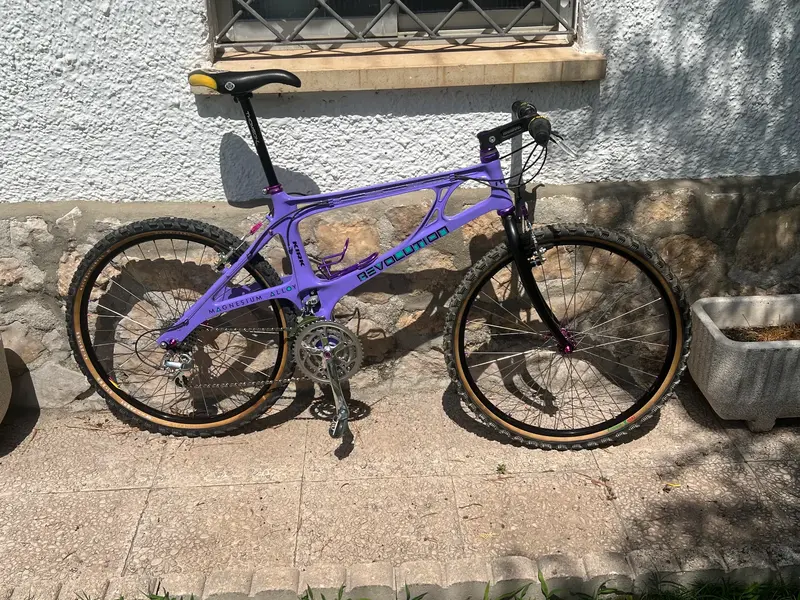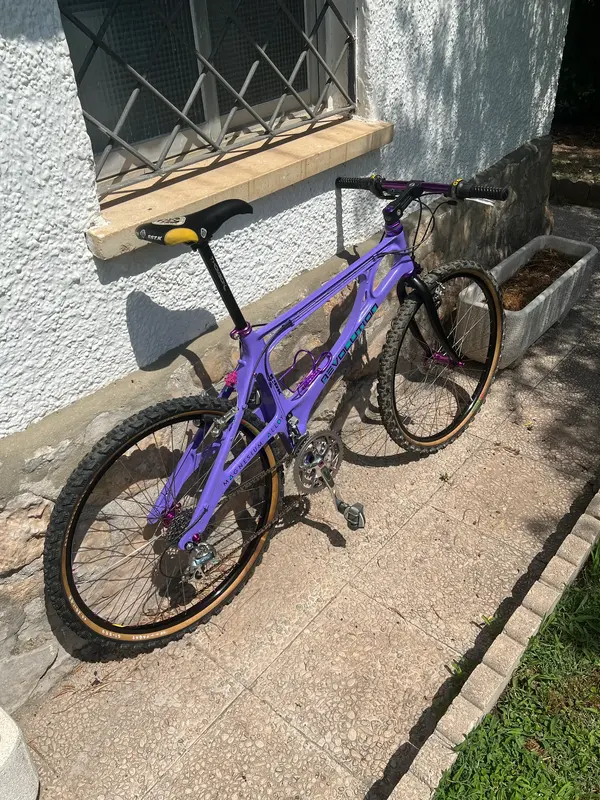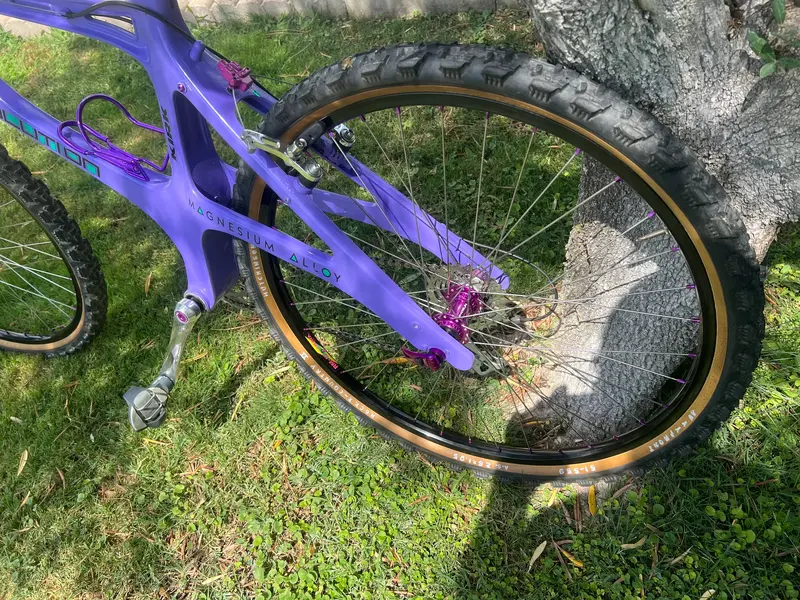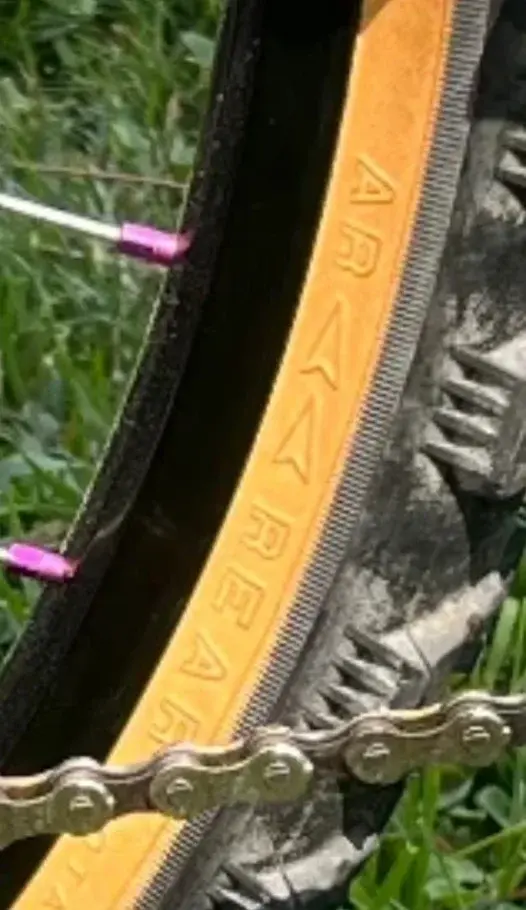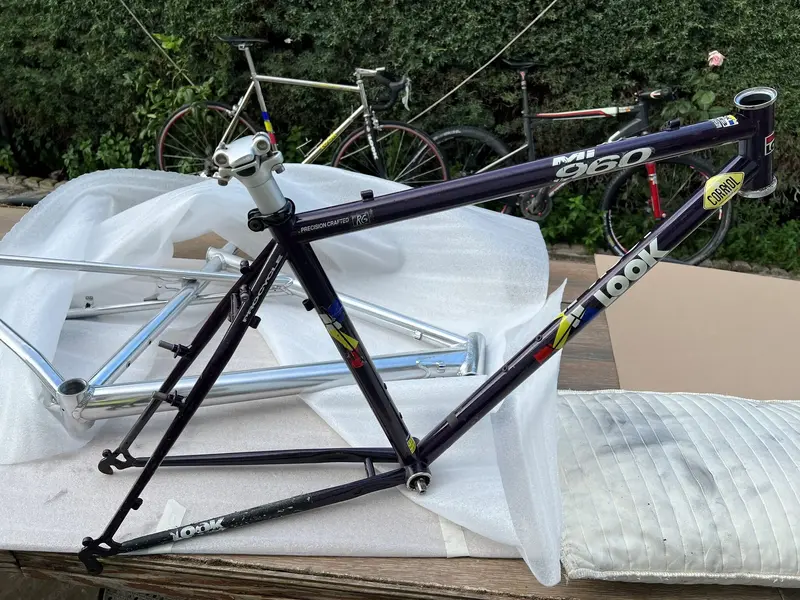Obi-Juan
Retro Guru
Good tips for painting itWell spotted about the cable runs , they are dummy cables at the moment just to see if it works out and it seems to be ok .
The frame was chemically/physically stripped by hand , keeping chemicals well clear of the many bonded parts . It was then
etch primed and wet painted using air drying enamels . Powder coating is not really an option with these as the oven temperatures
reached can seriously degrade the strength of the epoxy adhesive used to bond the seat and down tube panels etc in position
I didn't dare repaint my old one because I don't really know how magnesium behaves with chemicals. Besides, the paint and decals are generally fine, and I like it to be as original as possible (if I can maintain it).
Liquid painting is a great idea. I've personally used this method with the Raleigh Chill and the Sakae Litage, precisely because I was afraid the tubes would come loose in the heat of the oven (I think it's 400º). I also couldn't find a suitable RAL powder coating for the Raleigh.
